-
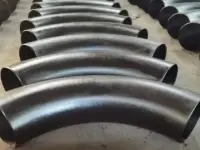
Pipe bending is a critical process in many industries, from construction and shipbuilding to oil & gas and manufacturing. One of the most important parameters to understand during this process is the bend radius. The bend radius directly affects pipe integrity, flow efficiency, and installation requirements.
-
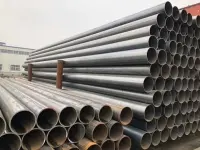
ERW (Electric Resistance Welded) pipe is one of the most widely used steel pipes in modern industries. It is manufactured by rolling steel sheets or strips and welding them longitudinally using electric resistance. The result is a strong, cost-effective pipe with a smooth finish and uniform wall thickness. But what exactly is ERW pipe used for?
-
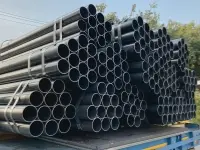
Schedule 80 steel pipe refers to a wall thickness classification defined by the American National Standards Institute (ANSI) and the American Society of Mechanical Engineers (ASME). The actual wall thickness of Schedule 80 pipe depends on its nominal pipe size (NPS) — the larger the diameter, the thicker the wall in absolute terms.
-
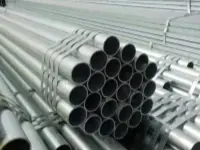
When it comes to steel pipes, corrosion resistance is always a key concern. One of the most commonly used methods to enhance durability is galvanization. Among the different galvanization techniques, pre-galvanized steel pipes stand out as a widely adopted solution in construction, infrastructure, and industrial projects.
-
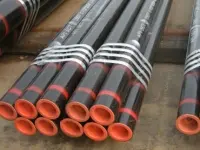
The length of a steel casing pipe depends on its diameter, installation environment, and application requirements. While standard lengths are commonly used, specific projects may require customization. Choosing the right length is essential to ensure both installation efficiency and long-term performance.
-

Thin-walled seamless steel pipes stand out for their unique production process and structural performance. They combine the strength and weld-free characteristics of seamless steel with the lightweight, material-saving benefits of thin walls. Based on these features,United Steel Industry Co., Ltd. summarizes six major advantages and their typical applications.
-

In the high-stakes world of oil, gas, and water well exploration, safety and stability are the cornerstones of success. Central to achieving both is a critical steel tubular product known as casing pipe. While it may not be the pipe that transports oil or gas to the surface, its role is arguably more critical. As a steel pipe supplier, understanding the definitive purpose of casing is key to appreciating its immense value and serving the vital industries that depend on it.
-
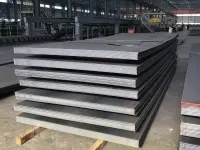
In the vast landscape of industrial materials, few are as fundamental and ubiquitous as carbon steel plate. Renowned for its exceptional strength, durability, and versatility, it serves as the foundational material for countless applications that shape our modern world. From towering skyscrapers to essential machinery, carbon steel plate is the unsung hero supporting global progress. For us in the steel pipe industry, a deep understanding of this crucial material is key to appreciating market dynamics and serving our customers' needs effectively.
-

Galvanized steel pipes are essential in modern construction and industrial applications, known for their durability and corrosion resistance. Among them, the 424 galvanized steel pipe stands out for its reliable performance and broad utility across numerous industries. This article highlights its key features, typical applications, and manufacturing process.
-
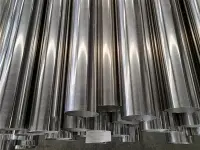
Stainless steel pipes are essential components across a wide range of industries due to their excellent corrosion resistance and mechanical properties. Among them, the D90 seamless stainless steel pipe, with its precise dimensions and high-quality finish, stands out as a prime example of advanced stainless steel technology. This article explores the manufacturing process and diverse application areas of the D90 seamless stainless steel pipe.
-
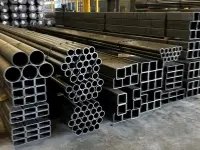
Structural pipe is a type of steel pipe specifically manufactured and used for structural applications—not for transporting fluids or gases. Unlike standard piping used in plumbing or energy industries, structural pipe serves as a critical component in construction, support frameworks, and mechanical structures. Its key advantage lies in its strength, versatility, and availability in various sizes and grades to meet engineering requirements.
-
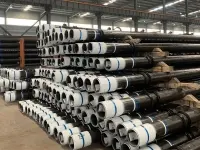
Traditional API casing threads (such as long round and partial trapezoidal threads) are not well-suited for the development of high-pressure gas fields, primarily due to limitations in air-tightness and tensile strength. To address these challenges, many manufacturers have developed proprietary premium connections with enhanced sealing and mechanical performance. Among them, several gas-tight special thread types have proven suitable for demanding gas field applications.
-
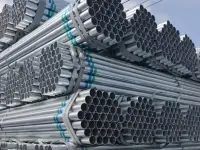
Galvanizing is a widely used anti-corrosion process in which a layer of zinc is applied to the surface of iron or steel pipes. This zinc coating acts as a protective barrier against corrosion by sacrificing itself to protect the underlying metal—a process known as cathodic protection. Zinc helps to shield the pipe from moisture and oxygen in the environment, preventing rust formation. Additionally, it provides UV protection, reducing the risk of degradation from sunlight exposure.In this article, we’ll explore the key advantages of galvanized pipes and outline common dimensional specifications.
-
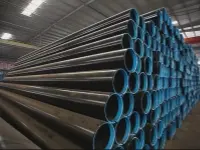
In the world of steel pipe manufacturing, Electric Resistance Welded (ERW) and Double Submerged Arc Welded (DSAW) pipes are two widely used types of straight seam welded pipes. While both serve structural and fluid transport purposes, their production methods, performance characteristics, and application ranges differ significantly. Understanding the key differences between ERW and DSAW pipes is essential for selecting the right pipe for specific industrial needs.
-
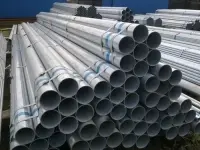
Galvanized pipe, known for its corrosion resistance and durability, is widely used in plumbing, construction, and industrial applications. Whether you’re selecting a pipe for water supply, fence posts, or structural support, understanding how galvanized pipe is measured is essential for choosing the right size and ensuring compatibility with fittings and other components.In this blog, we’ll break down how galvanized pipe is measured, what measurement standards are used, and how to avoid common confusion when selecting pipe sizes.
-
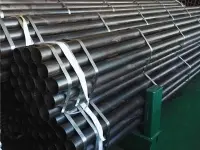
Black steel pipe is a widely used type of carbon steel piping, named for its dark, iron-oxide coating that forms during the manufacturing process. Unlike galvanized pipe, black steel pipe is uncoated and untreated with any zinc or paint, which makes it suitable for specific industrial and structural applications.So, what exactly is black steel pipe used for? Let’s explore its most common applications and why it continues to be a top choice across various industries.
-
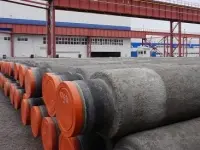
Concrete Weight Coating (CWC) is a type of external coating applied to subsea or offshore pipelines to provide negative buoyancy and mechanical protection. These pipelines, often used for transporting oil, gas, or water under the seabed, must remain stable against strong underwater currents and external impacts. CWC helps ensure the pipeline stays anchored to the seabed and protected from environmental forces.
-
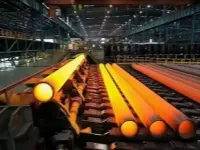
Seamless pipes play a critical role in industries requiring strength, precision, and reliability—such as oil and gas, power generation, shipbuilding, and heavy machinery. Unlike welded pipes, seamless pipes are manufactured without a seam or weld, giving them enhanced mechanical performance and corrosion resistance. But how exactly are these pipes produced? Let’s explore the key stages in the manufacturing process of seamless steel pipes.
-
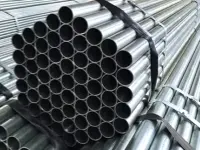
Galvanized pipes have been a popular choice in plumbing, construction, and industrial applications for decades due to their strength and corrosion resistance. But one common question remains: how long can galvanized pipe actually last? In this article, we’ll explore the lifespan of galvanized steel pipes, what affects their durability, and how to maintain or replace them when necessary.
-
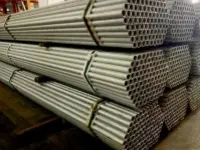
Steel pipes are used in a wide range of industries—from construction and plumbing to automotive and furniture making. Whether you're fabricating custom handrails, automotive exhaust systems, or hydraulic lines, pipe bending is a fundamental skill. In this article, we’ll walk you through how to bend steel pipe, what tools are needed, and tips to ensure a smooth, accurate result without kinks or cracks.
-
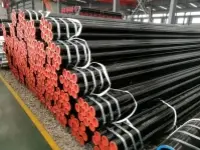
Seamless steel pipe is a type of steel pipe manufactured without any welding seam. It is produced by piercing a solid billet into a hollow tube, then elongating and shaping it through various processes like hot rolling or cold drawing. The absence of a weld makes seamless pipes stronger, more reliable, and better suited for high-pressure and high-temperature applications.




















